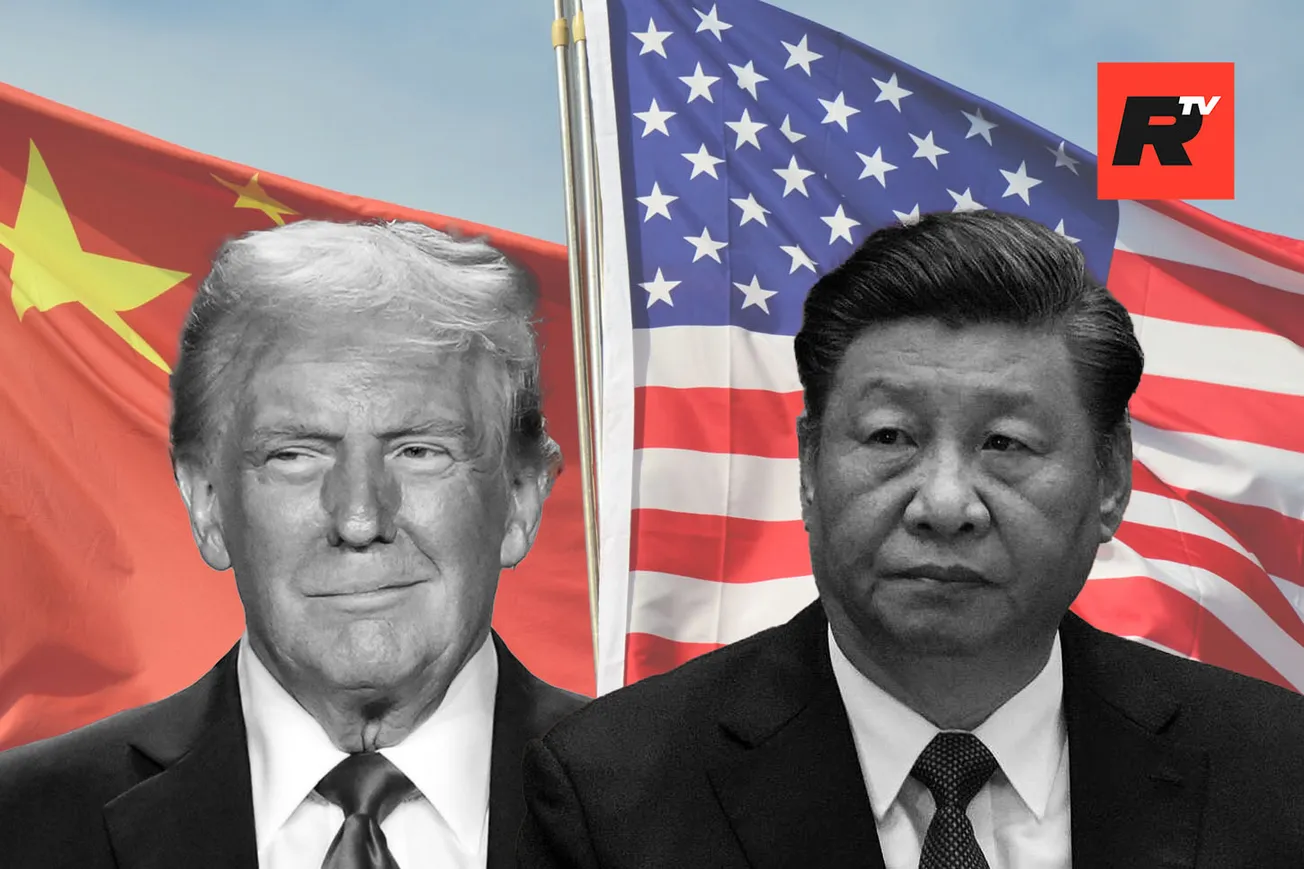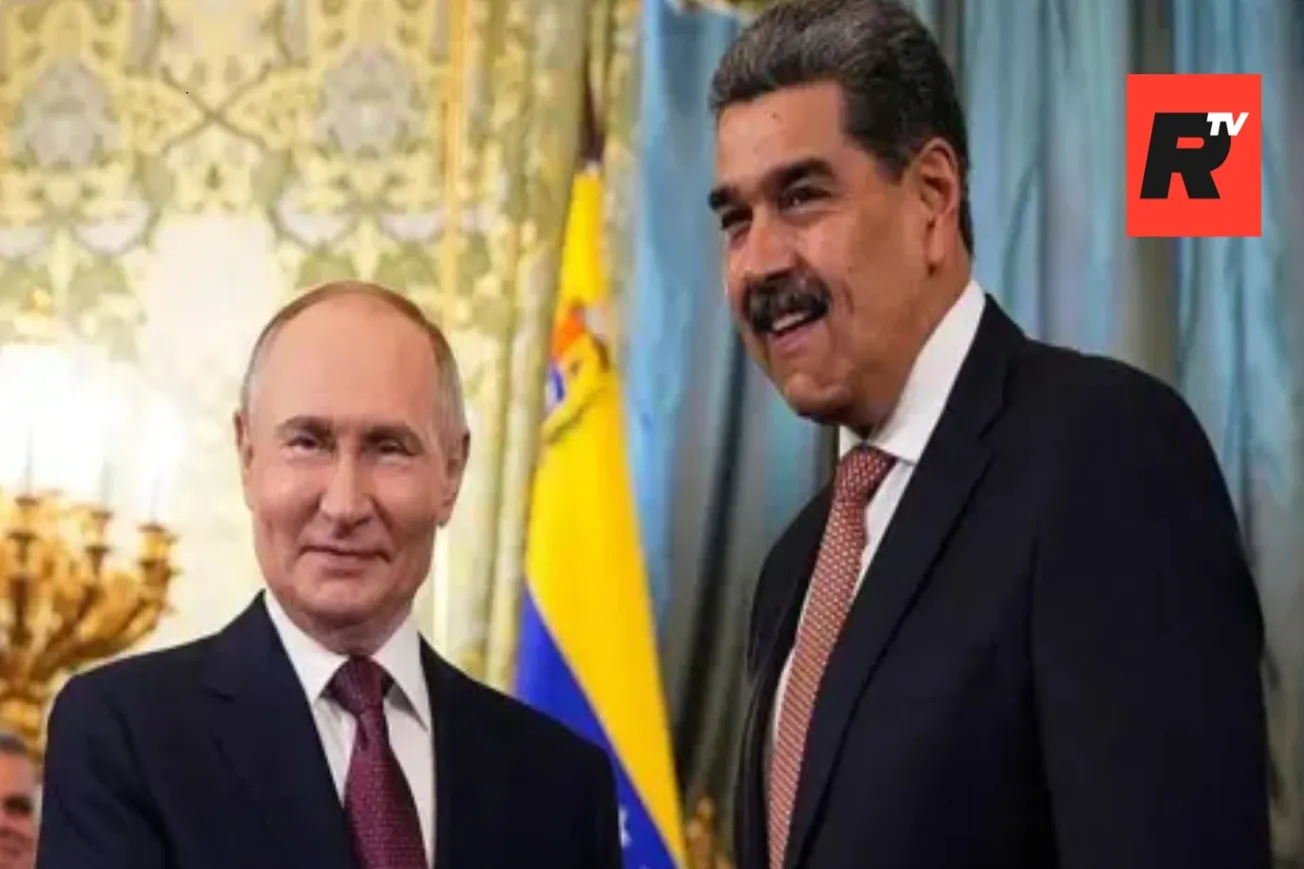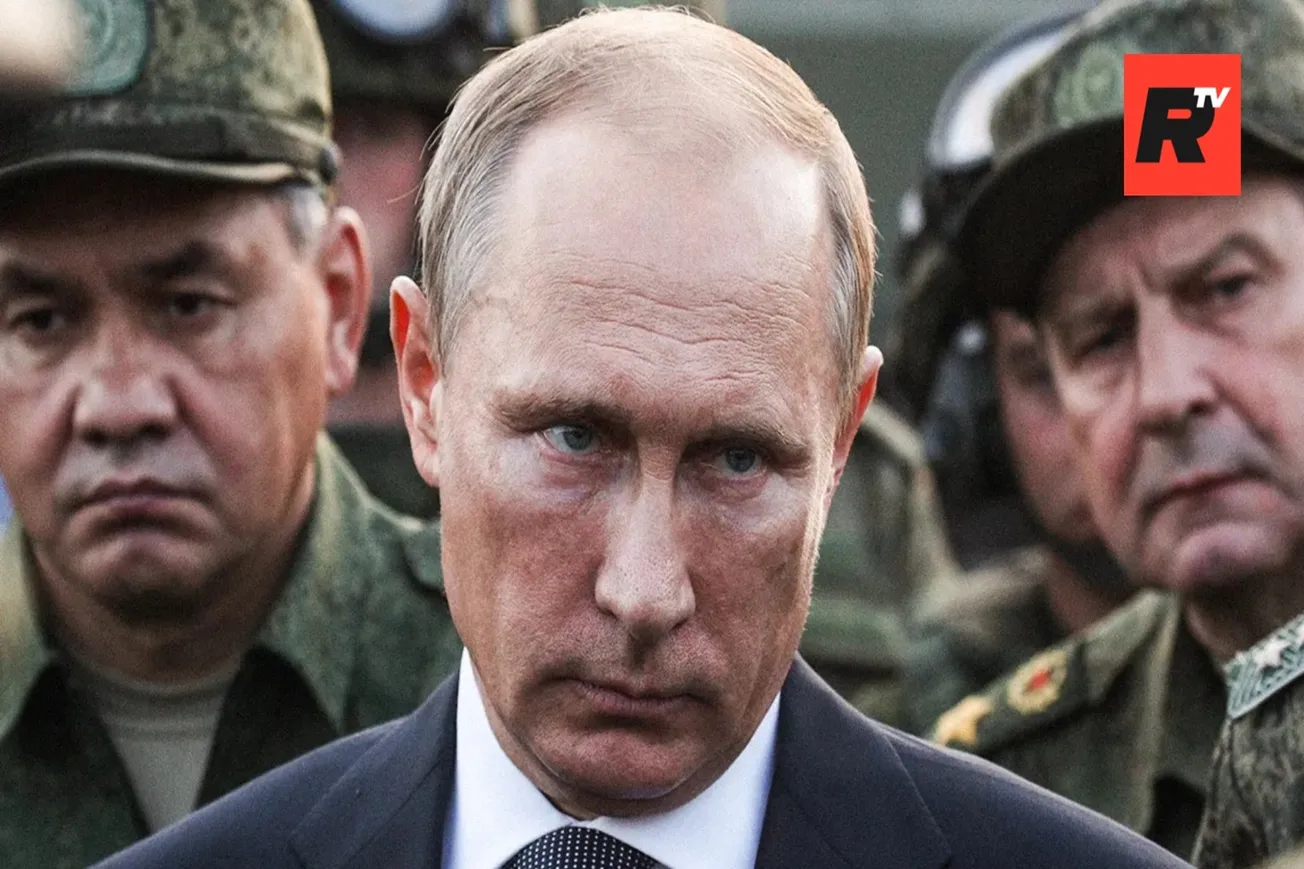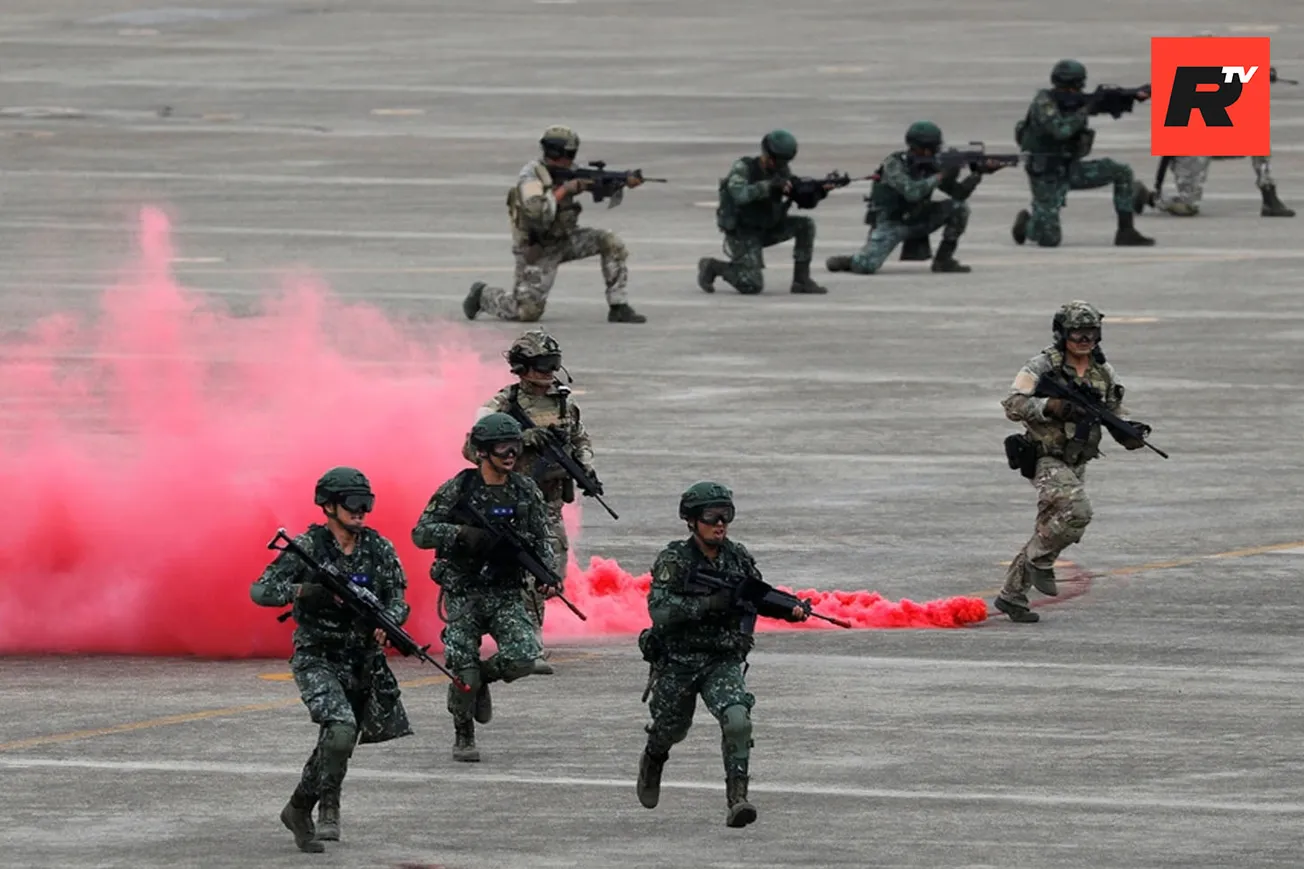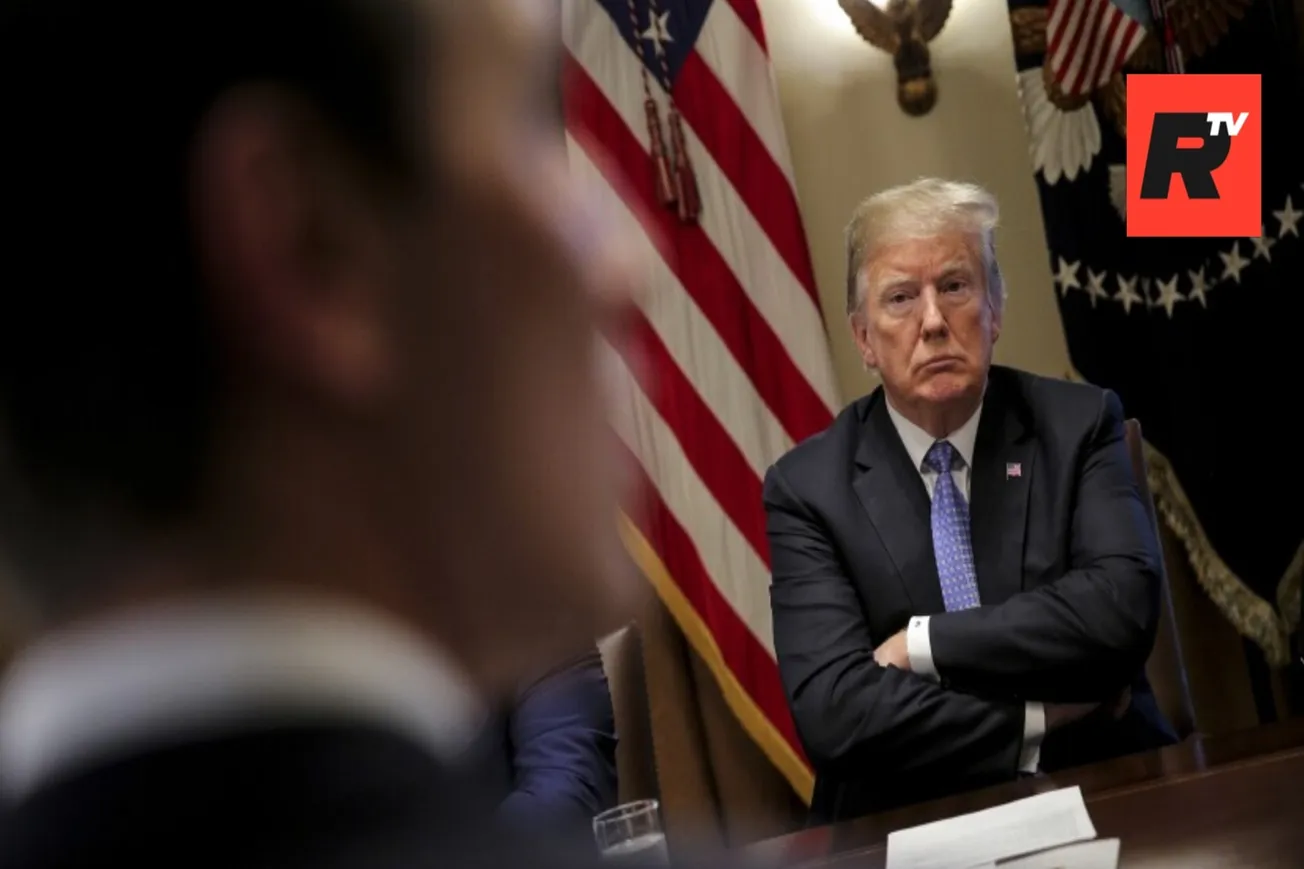Table of Contents
Trump has announced a revised deadline, shortening Russia’s original 50 days to act on Ukraine. “I’m going to make a new deadline of about… 10 or 12 days from today… There’s no reason to wait… We just don’t see any progress being made,” Trump said during a meeting with British Prime Minister Keir Starmer.
This announcement was followed by threats of sanctions on both Russia and buyers of its exports unless progress is made. When asked about India possibly paying an additional tariff penalty for their part in supporting Russia Trump noted, "They also have BRICS, which is basically a group of countries that are anti the United States and India is a member of that. If you can believe it. It's an attack on the dollar, and we're not going to let anyone attack the dollar."
What is this economic alliance forged by nations with disdain for the U.S., and what level of threat does it pose to U.S. economic hegemony?
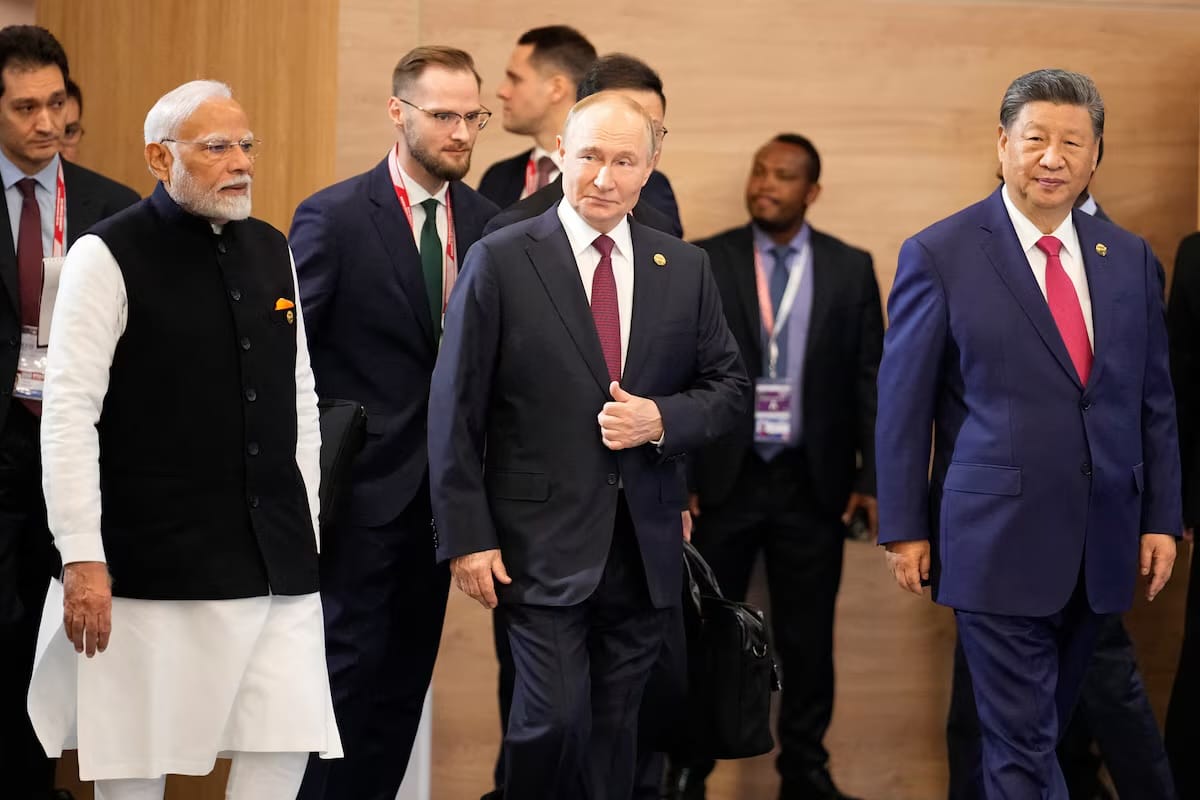
BRICS, an acronym for Brazil, Russia, India, China, and South Africa, is an alliance of governments joining together major economies, comprising 41% of the world's population and holding 24% of the world's GDP. The alliance was originally coined BRIC (before South Africa joined in 2010) by Goldman Sachs economist Jim O'Neill in 2001 when he claimed that by 2050 BRIC economies would dominate the global economy.
With a growing sanctions war, could China be preparing to escalate economic warfare using its decades-long BRICS strategy and bring O’Neill’s prediction to fruition?
Earlier this year, Trump strengthened relations with Saudi Arabia by securing a $600-billion commitment to invest in the United States. This was especially significant, as back in 2022, Saudi Arabia had been poised to join the “anti-U.S.” economic alliance, BRICS. Saudi Arabia holds the third most valuable natural resource reserves in the world. The country has the second-largest proven petroleum reserve and the sixth-largest measured natural gas reserve. It is also the number one exporter of petroleum in the world.
Saudi Arabia joining BRICS, in a very probable sense, could mean the potential end of the petrodollar. For years China and Saudi Arabia have been in talks about using the yuan instead of the Dollar for Chinese oil sales. China currently purchases more than 25% of the oil that Saudi Arabia exports. If those purchases were priced in yuan, the standing of China's currency could skyrocket. This new partnership that Trump has forged with Saudi Arabia is vital to the strength and survival of the U.S. economy. This is one example of how fragile our economic power could become under China’s BRICS strategy.
Can sanctions by the U.S. truly be effective against countries who have spent decades building strategies to bypass them?
The fastest growing global economies currently lie in the Middle East, North Africa, the Asia-Pacific and Sub-Saharan Africa. Not one of these top growing GDPs are located in the U.S. or the E.U.; it is China who has quickly become the number one trading partner for these rising economies. While the U.S. currently holds sanctions on a third of global economies, China announced last year that it would place zero tariffs on developing countries around the world. This cements its position as the trade leader for the Global South.
In addition to these long-term economic strategic moves, China has been growing key industries at an accelerated pace. While exports are rising in China, they are in a steady state of decline in the U.S. Despite this, the U.S. has chosen to tax some of its closest allies—even as China continues expanding and strengthening its international partnerships.
Iran, Egypt, and Ethiopia—now official members of BRICS—have secured strategic footholds across the Red Sea, Persian Gulf, and Suez Canal: key arteries of global commerce. This marks the emergence of an alternative to institutions like the WTO, NATO, and the dollar-centric world order—highlighting another potential weakness in the U.S. sanctions strategy.
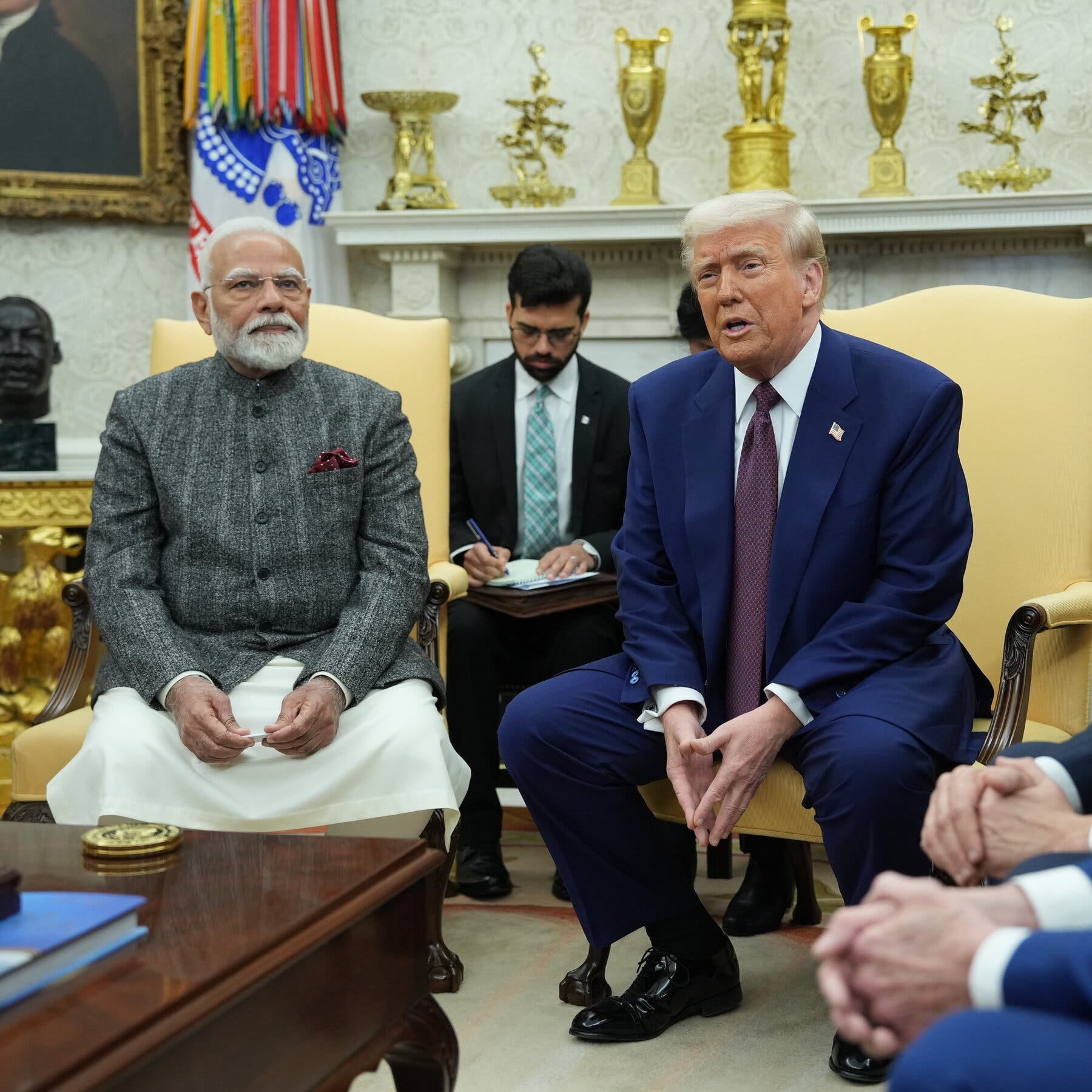
However, following Trump’s threat of additional tariff penalties, India’s state-run oil refiners have paused Russian crude purchases. These refiners, handling over 60% of India’s capacity, are shifting to Middle Eastern and West African suppliers. Meanwhile, private firms like Reliance and Nayara continue buying Russian oil.
Since the Ukraine war began, India has become one of Russia’s top oil buyers, with Russian crude rising from just 0.2% of India’s imports in 2022 to around 35–40% by 2025. India imported over €205 billion in Russian fossil fuels during this period.
For decades China had been expanding its Belt and Road and BRICS initiative seemingly without any significant push back from the West. Could this recent move by India be indicative of the U.S. ability to successfully counter China’s global influence within BRICS?

